Post-Harvest Processing: How Oregon Hemp Flower Farm Preserve THCA Quality
The moment hemp flowers are harvested marks the beginning of one of the most critical phases in cannabis cultivation: post-harvest processing. For Oregon hemp flower farms specializing in THCA production, this phase determines whether months of careful cultivation will result in premium, potent products or mediocre flower that fails to meet quality standards. Understanding the intricacies of post harvest thca processing is essential for maintaining the delicate balance of cannabinoids, terpenes, and overall flower integrity that consumers demand.
Oregon's unique climate and progressive agricultural practices have positioned the state as a leader in hemp cultivation, particularly for THCA flower production. The state's experienced cultivators have developed sophisticated techniques that go far beyond simple drying and curing, implementing scientific approaches to preserve thca quality throughout the post-harvest process. These methods ensure that the valuable THCA content remains stable while enhancing the flower's aromatic profile and overall consumer experience.
Understanding THCA and Its Vulnerability During Processing
THCA (tetrahydrocannabinolic acid) represents the precursor to THC and serves as the primary psychoactive compound in fresh cannabis plants. Unlike THC, THCA exists in its acid form and requires decarboxylation through heat or time to convert into the more familiar THC molecule. This chemical characteristic makes THCA particularly sensitive to environmental factors during post-harvest processing, requiring specialized handling techniques to maintain its integrity.
The vulnerability of THCA during processing hemp flower stems from several factors. Temperature fluctuations can trigger premature decarboxylation, converting valuable THCA into THC and potentially compromising the legal status of hemp products. Excessive moisture can lead to mold and mildew development, while insufficient humidity can cause trichomes to become brittle and break away from the flower structure. Light exposure, particularly UV radiation, can degrade both THCA and terpenes, reducing potency and diminishing the aromatic qualities that define premium flower.
Oregon cultivators have recognized these challenges and developed comprehensive strategies to address each potential threat to THCA stability. By understanding the molecular behavior of THCA under various environmental conditions, farms can implement precise controls that optimize preservation while enhancing the final product's quality characteristics.
Oregon's Climate Advantage in Post-Harvest Processing
Oregon's Mediterranean-influenced climate provides natural advantages for oregon post harvest processing operations. The state's moderate temperatures, low humidity levels during harvest season, and consistent weather patterns create ideal conditions for controlled drying and curing processes. This climate advantage allows Oregon farms to utilize both indoor and outdoor processing methods effectively, depending on the specific requirements of different flower types.
The Pacific Northwest's reputation for agricultural excellence extends beyond traditional crops to hemp cultivation, where decades of wine-making and specialty crop production have refined the region's understanding of post-harvest processing principles. Oregon farmers apply these time-tested techniques to hemp processing, adapting traditional methods to accommodate the unique requirements of THCA preservation.
Regional expertise in oregon drying methods has evolved through years of experimentation and refinement. Local cultivators share knowledge and best practices, creating a collaborative environment that continuously improves processing standards across the industry. This collective approach has established Oregon as a benchmark for quality THCA flower production, with farms consistently producing products that meet or exceed national quality standards.
Specialized Drying Techniques for THCA Preservation
The drying phase represents the first critical step in post-harvest processing, where proper technique can make the difference between premium flower and mediocre product. Oregon farms employ various proper drying thca methods, each tailored to specific flower types and environmental conditions. The primary goal during drying is to reduce moisture content from approximately 75-80% at harvest to 10-15% for optimal storage and consumption.
Traditional hang-drying remains popular among Oregon cultivators, particularly for outdoor thca flower production. This method involves suspending whole plants or individual branches in controlled environments where temperature, humidity, and airflow can be precisely managed. Hang-drying typically occurs in darkened rooms maintained at temperatures between 60-70°F with relative humidity levels of 45-55%. This slow, gentle process allows for gradual moisture removal while preserving trichome integrity and maintaining terpene profiles.
For indoor thca flower operations, many Oregon farms utilize rack-drying systems that provide greater control over individual flower placement and airflow distribution. These systems often incorporate automated environmental controls that monitor and adjust conditions throughout the drying process. Rack-drying allows for more efficient space utilization and can accommodate larger volumes of flower while maintaining consistent quality standards.
Advanced Oregon facilities have adopted freeze-drying technology for premium indoor thca products. This method involves freezing freshly harvested flower and then sublimating ice crystals directly from solid to vapor phase under vacuum conditions. Freeze-drying preserves cellular structure more effectively than traditional methods, resulting in flower that maintains exceptional terpene profiles and THCA potency. While more expensive and time-consuming, freeze-drying produces superior results for high-end market segments.
Advanced Curing Processes for Enhanced Quality
Following the initial drying phase, curing techniques thca take center stage in determining final product quality. Curing represents a controlled aging process where enzymatic and chemical reactions continue to develop flavor profiles, enhance smoothness, and optimize cannabinoid expression. Oregon farms have refined curing processes that can extend from several weeks to several months, depending on desired outcomes and market requirements.
The foundation of effective curing lies in precise environmental control. Oregon processors maintain curing environments at temperatures between 60-65°F with relative humidity levels of 58-62%. These conditions support continued enzymatic activity while preventing mold development and excessive moisture retention. Many facilities utilize specialized curing rooms equipped with automated climate control systems that can maintain these parameters with minimal variation.
Container selection plays a crucial role in curing process oregon operations. Glass jars remain the gold standard for small-batch curing, providing an inert environment that doesn't impart unwanted flavors while allowing for easy monitoring and adjustment. For larger operations, food-grade plastic containers with airtight seals offer scalability while maintaining quality standards. Some advanced facilities use specialized curing vessels with integrated humidity control systems that automatically maintain optimal conditions.
During the curing process, Oregon processors implement systematic monitoring and burping schedules. Burping involves briefly opening containers to release accumulated gases and refresh the internal atmosphere. This practice prevents anaerobic fermentation that can produce undesirable flavors while ensuring even moisture distribution throughout the flower mass. Experienced processors can determine optimal burping frequency based on flower density, moisture content, and environmental conditions.
Quality Preservation Strategies Throughout Processing
Quality preservation thca requires comprehensive strategies that address every aspect of post-harvest handling. Oregon farms implement multi-layered approaches that begin with harvest timing and continue through final packaging and storage. These strategies recognize that quality preservation is cumulative, where small improvements at each stage compound to create significant advantages in final product quality.
Light management represents a fundamental aspect of quality preservation. THCA and terpenes are photosensitive compounds that degrade rapidly under UV exposure. Oregon processors utilize amber or UV-blocking lighting in processing areas and store flower in opaque containers throughout curing and storage phases. Some facilities employ specialized LED lighting systems that provide necessary illumination for processing activities while minimizing harmful wavelengths.
Temperature stability throughout processing prevents thermal shock that can damage trichome structures and trigger unwanted decarboxylation. Oregon farms invest in sophisticated HVAC systems that maintain consistent temperatures across all processing areas. These systems often include redundant controls and backup power sources to prevent temperature excursions during equipment failures or power outages.
Contamination prevention protocols ensure that flower remains free from mold, bacteria, and other harmful microorganisms throughout processing. Oregon processors implement clean room principles adapted for agricultural applications, including personnel hygiene requirements, equipment sanitization procedures, and environmental monitoring programs. These protocols are particularly important for maintaining potency thca products that may be stored for extended periods.
Differentiated Processing for Various Growing Methods
Oregon farms recognize that indoor thca flower, outdoor thca flower, and greenhouse thca flower require different post-harvest approaches due to variations in growing conditions, harvest timing, and initial flower characteristics. Each growing method produces flower with distinct qualities that must be preserved and enhanced through appropriate processing techniques.
Indoor flower typically exhibits higher trichome density and more delicate structures due to controlled growing conditions. Processing indoor flower requires gentler handling techniques and more precise environmental controls to prevent trichome damage. Oregon indoor processors often employ slower drying schedules and extended curing periods to fully develop the complex terpene profiles characteristic of premium indoor production.
Outdoor flower benefits from natural sun exposure and environmental stresses that can enhance certain cannabinoid and terpene expressions. However, outdoor flower may also carry higher moisture content and require more aggressive initial drying to prevent mold development. Oregon outdoor processors have developed specialized techniques that rapidly reduce moisture content while preserving the robust flavors and effects associated with sun-grown flower.
Greenhouse flower combines advantages of both indoor and outdoor methods, requiring processing approaches that accommodate this hybrid nature. Oregon greenhouse processors often utilize variable processing parameters that can be adjusted based on seasonal conditions and specific strain characteristics. This flexibility allows for optimization of each harvest while maintaining consistent quality standards throughout the year.
Technology Integration in Modern Processing Operations
Contemporary Oregon hemp processing facilities increasingly integrate advanced technologies to enhance thca flower cultivation outcomes and improve process consistency. Automated environmental monitoring systems provide real-time data on temperature, humidity, airflow, and other critical parameters throughout processing areas. These systems can trigger alerts for out-of-range conditions and automatically adjust controls to maintain optimal processing environments.
Data logging and analysis capabilities allow Oregon processors to track processing parameters over time and correlate environmental conditions with final product quality. This information enables continuous improvement of processing protocols and helps identify optimal conditions for specific strains or growing methods. Advanced facilities utilize machine learning algorithms to predict optimal processing parameters based on initial flower characteristics and desired outcomes.
Automated handling systems reduce human contact with flower during processing, minimizing contamination risks and preserving trichome integrity. These systems can include conveyor systems for moving flower between processing stages, automated trimming equipment, and robotic packaging systems. While automation requires significant investment, it can improve consistency and reduce labor costs in high-volume operations.
Quality Testing and Validation Protocols
Oregon processors implement comprehensive testing protocols to validate the effectiveness of their post-harvest processing methods. These protocols typically include cannabinoid potency testing at multiple stages throughout processing to track THCA preservation and identify potential degradation points. Regular testing helps processors optimize their methods and ensure consistent product quality.
Terpene analysis provides insights into aromatic compound preservation and development during processing. Oregon farms often conduct terpene testing before and after curing to validate their techniques and identify opportunities for improvement. Some processors use terpene profiles as quality indicators, establishing minimum thresholds for specific compounds that define their premium products.
Microbiological testing ensures that processed flower remains free from harmful bacteria, mold, and yeast that could compromise product safety and quality. Oregon processors typically implement testing protocols that exceed regulatory requirements, recognizing that superior microbial quality contributes to longer shelf life and better consumer experiences.
Moisture content monitoring throughout processing ensures that flower reaches optimal levels for storage and consumption while avoiding over-drying that can degrade quality. Oregon processors use calibrated moisture meters and often validate results through gravimetric analysis to ensure accuracy and consistency.
Storage and Packaging Considerations
Post-processing storage and packaging play crucial roles in maintaining the quality achievements realized during drying and curing phases. Oregon processors have developed sophisticated storage systems that extend the benefits of proper processing while protecting flower from environmental degradation during distribution and retail phases.
Climate-controlled storage facilities maintain consistent temperature and humidity levels that prevent further moisture loss or gain after processing completion. These facilities often incorporate air filtration systems that remove contaminants and maintain clean storage environments. Some advanced facilities use modified atmosphere storage that replaces oxygen with nitrogen or other inert gases to prevent oxidation and extend shelf life.
Packaging material selection significantly impacts long-term quality preservation. Oregon processors increasingly utilize barrier packaging that protects against light, moisture, and oxygen exposure while maintaining product integrity during handling and transportation. Many facilities have adopted nitrogen flushing systems that displace oxygen from packaging containers before sealing, further extending product stability.
Temperature-controlled distribution networks ensure that processed flower maintains optimal conditions from processing facility to end consumer. Oregon processors often collaborate with specialized logistics providers who understand the unique requirements of cannabis products and can maintain proper handling throughout the supply chain.
Sustainability in Post-Harvest Processing
Oregon's commitment to environmental stewardship extends to post-harvest processing operations, where sustainable practices can reduce environmental impact while maintaining quality standards. Energy-efficient processing equipment and renewable energy sources help minimize the carbon footprint of processing operations while potentially reducing operating costs.
Water conservation measures include recirculation systems for humidity control and rainwater collection for non-contact applications. These systems can significantly reduce municipal water consumption while providing consistent water quality for processing needs.
Waste reduction strategies include composting programs for organic processing waste and recycling programs for packaging materials. Some Oregon processors have developed closed-loop systems where processing waste becomes inputs for other agricultural operations, creating circular economy benefits.
Organic and sustainable processing methods align with consumer preferences for environmentally responsible products. Oregon processors increasingly seek organic certifications and implement sustainable practices that can command premium prices while supporting environmental goals.
Future Trends in THCA Processing
The evolution of post-harvest processing continues as Oregon farms adopt new technologies and refine existing techniques. Emerging trends include precision agriculture applications that use sensors and data analytics to optimize processing parameters for individual plants or small batches. These technologies promise to further improve quality consistency while reducing waste and processing costs.
Advanced extraction and processing methods may enable new product categories that preserve THCA in novel formats while maintaining stability and potency. Research into terpene preservation and enhancement continues to reveal new opportunities for improving sensory characteristics of processed flower.
Automation and robotics applications will likely expand as technology costs decrease and capabilities improve. These developments may enable smaller operations to access advanced processing capabilities previously available only to large-scale facilities.
Conclusion
The art and science of post-harvest THCA processing represent critical success factors for Oregon hemp flower farms seeking to deliver premium products to discerning consumers. Through careful attention to drying techniques, curing processes, quality preservation strategies, and technological integration, Oregon processors have established themselves as industry leaders in maintaining THCA potency and overall product quality.
The investment in sophisticated post-harvest processing capabilities reflects the industry's maturation and recognition that cultivation success must be matched by processing excellence to achieve market success. Oregon farms that master these techniques position themselves to capture premium market segments while building reputations for consistent, high-quality products.
As the hemp industry continues evolving, post-harvest processing will likely become an even more significant differentiator between premium and commodity products. Oregon's commitment to processing excellence and continuous improvement ensures that the state will remain at the forefront of quality THCA flower production, setting standards that benefit the entire industry while serving consumers who demand the highest quality products.
The comprehensive approach to post harvest thca processing developed by Oregon farms demonstrates that superior products result from attention to every detail of the production process. From initial harvest through final packaging, each step contributes to the ultimate goal of preserving and enhancing the natural qualities that make THCA flower a valued product for consumers seeking premium hemp experiences.

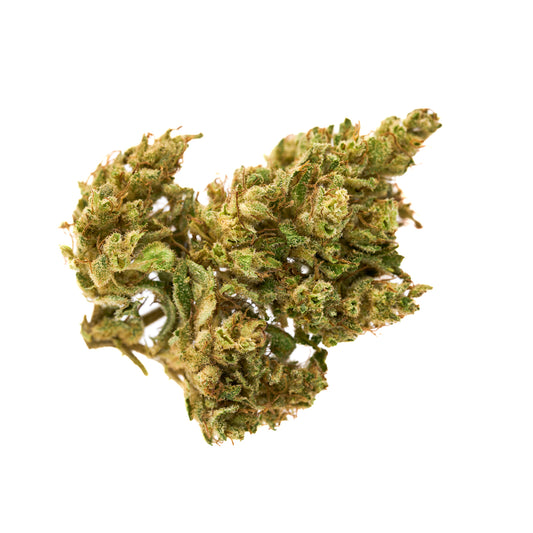
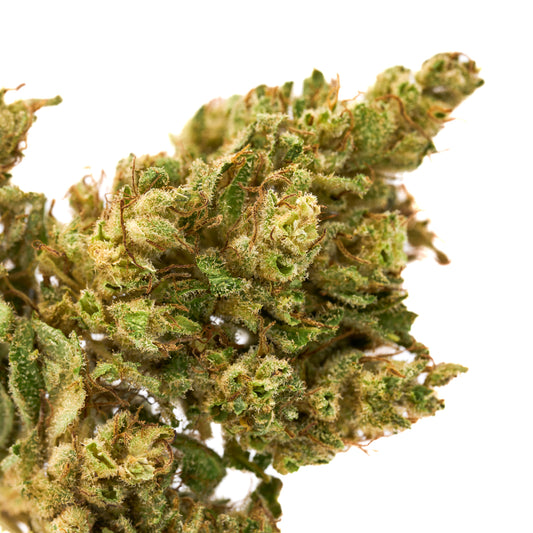
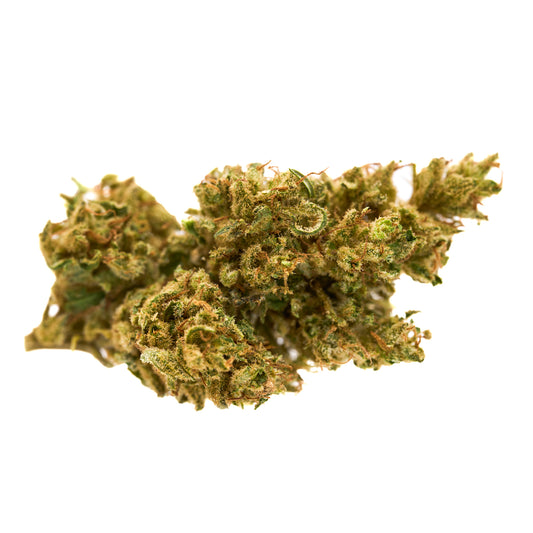
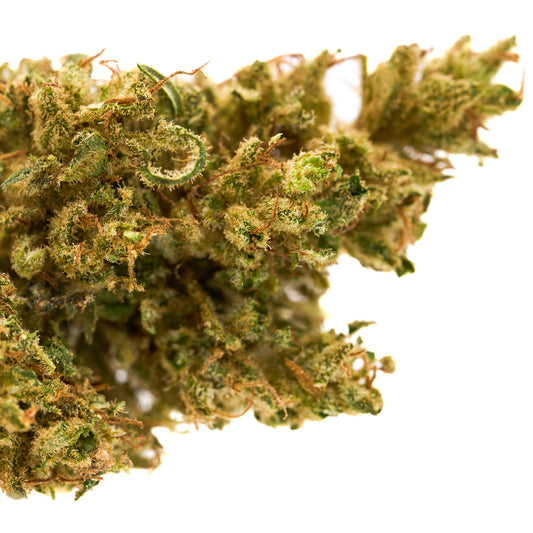
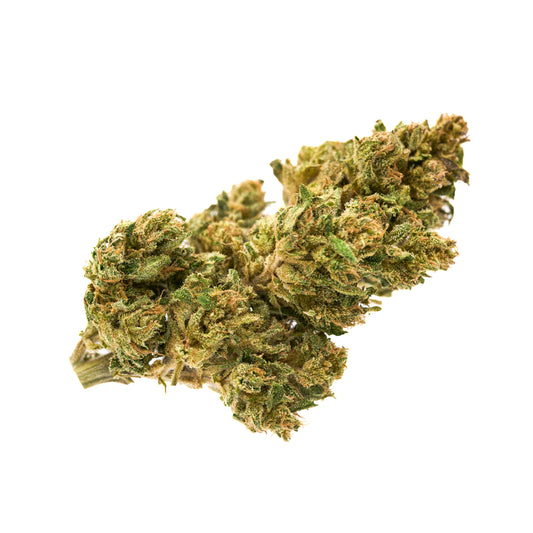
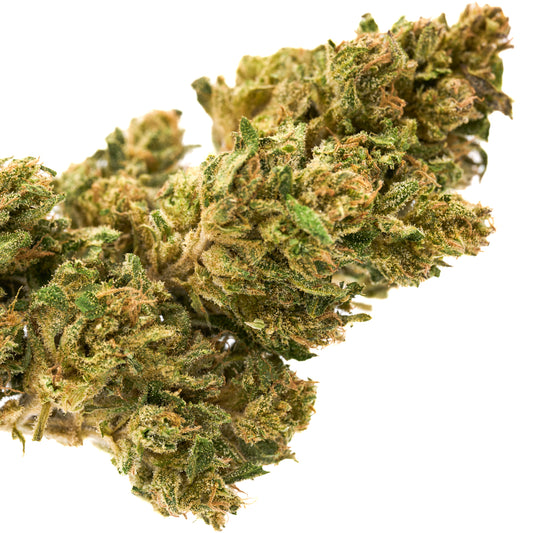



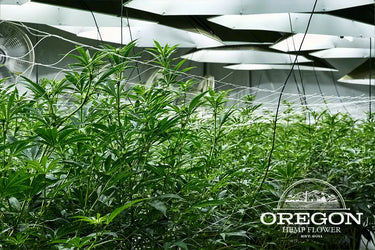

Leave a comment
Please note, comments need to be approved before they are published.